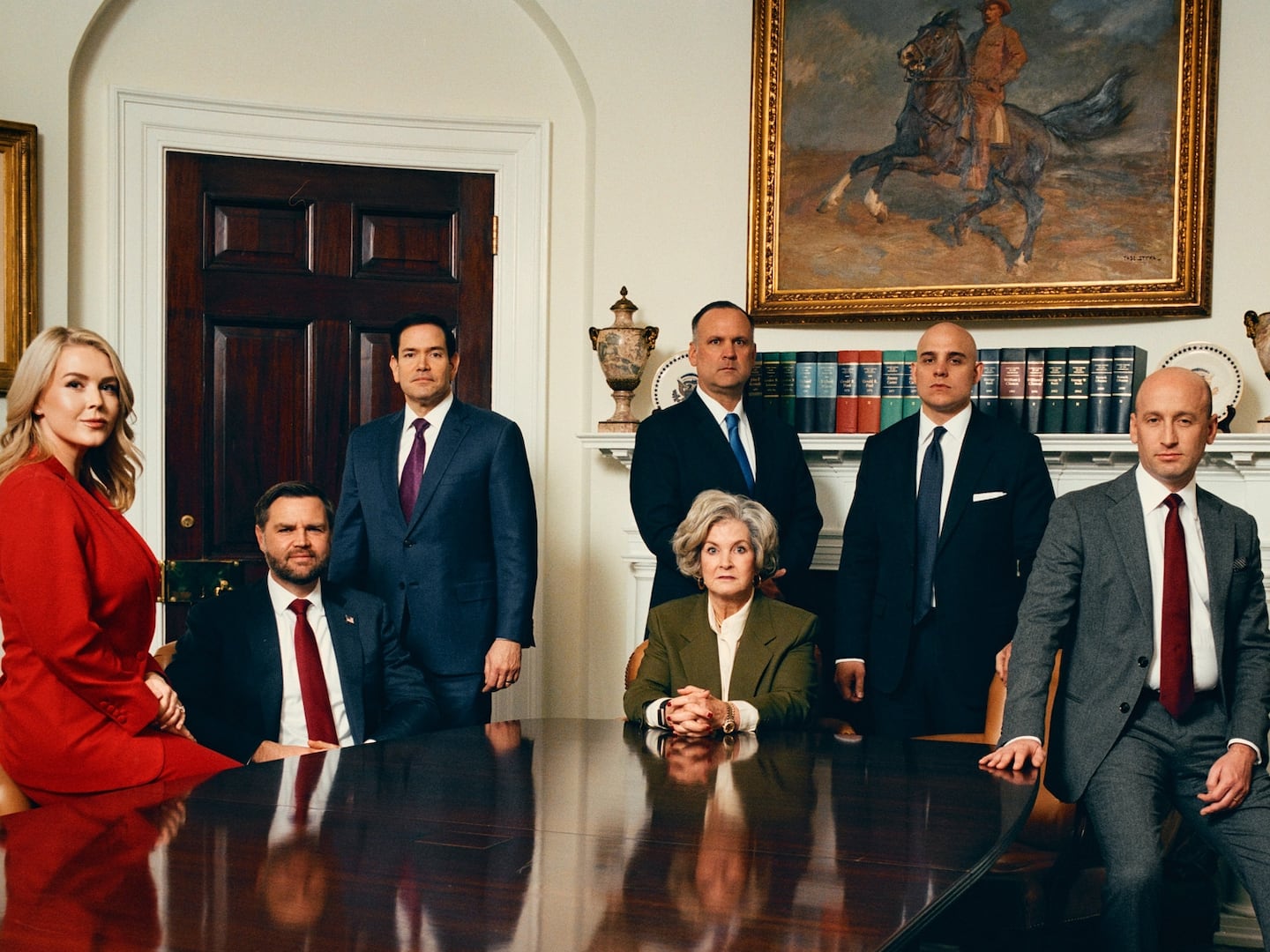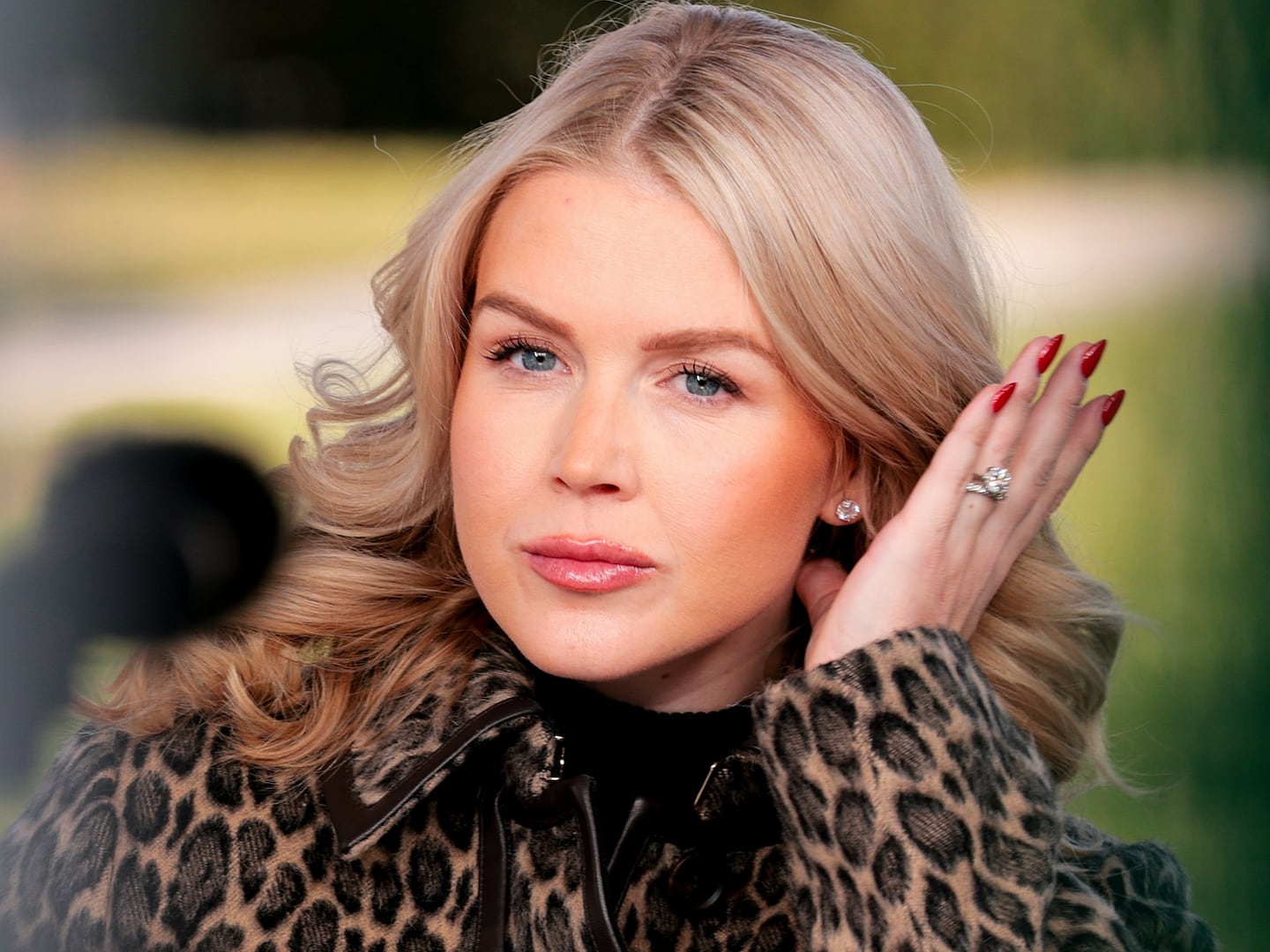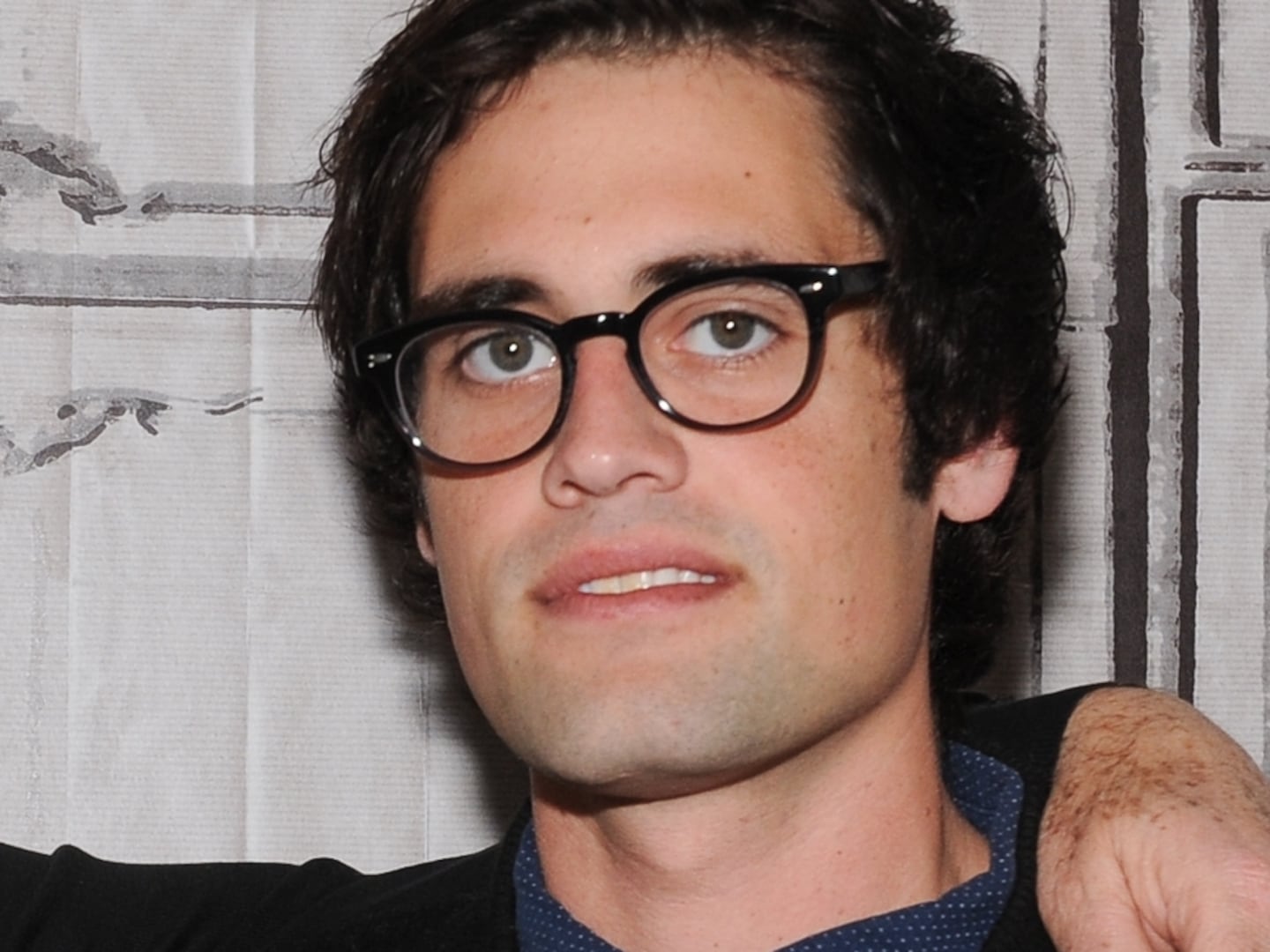CHARLESTON, S.C. — Tragedy follows tragedy so quickly in our world of terror. For months—for almost a year now—I’ve been trying to come to terms with the loss of life at Mother Emanuel AME Church here in Charleston last summer, and suddenly I realize in the aftermath of the slaughter in Orlando, where so many more people died, the atrocity in South Carolina may seem small to some. But while headlines make much of numbers, in our own lives it is the people around us, lost or living in shock, who matter most.
One tries to makes sense of it all. As a journalist, one tries to understand the local, national, and global ramifications of what Dylann Roof did when he killed nine people and wounded four one year ago, on June 17, 2015.
I’ve attended press conferences. I’ve interviewed experts on gun control. I’ve spoken to academics about institutional and cultural racism in America. I have all of this stuff to back me up, and yet… I couldn’t write the damned article. I typed words, but they all seemed like nonsense. I deleted them, then freaked out about not having any words at all.
When the shootings happened, I was in Columbia, in the middle of the state. My husband and I were planning a move to Charleston, but on June 17 he was in London for business, and I fell asleep earlier than I normally do. I missed the news when it broke.
When I found out what had happened the next morning I felt dizzy and deeply confused.
“I don’t know what to do,” I told my husband when I reached him on the phone. “I just don’t know what to do.”
“I think you need to go,” Aaron said—which surprised the hell out of me. “I think you need to be there.”
He was right. I went. I left my two little boys with their college-aged babysitter and started driving down I-77, which is when I saw several South Carolina Highway Patrol cars and Richland County police cars speeding in the opposite direction.
I pulled over and sent a social media message to friends and colleagues who work in journalism.
I’m headed to Charleston right now on my own. If anyone hears of developments regarding the shooter and where he is, please call me, because I’ll be on the road for a couple of hours.
About 30 seconds after I’d pulled back onto the road I got a call from a South Carolina-born writer who works in New York.
“They think he’s in Columbia,” he said.
I pulled over again. “What?”
“He’s from Lexington… wait…” he was reading the news stream as he was talking. “He’s been living in Eastover.”
When I got off the phone I just sat behind the wheel of my car. Should I turn around and go home? Why was I even heading to the scene of a mass shooting, anyway? I’m an opinion writer. I don’t do crime scenes. I’m a mother. I was headed away from my two sons while a murderer was probably headed to an area within an uncomfortable radius of them.
You need to go.
I called the babysitter and tried to sound like I knew what I was doing. “So, um, the shoo— I mean the guy might be headed to Eastover or Lexington,” I said. “I can’t imagine that he’d be headed to our boring little neighborhood, but can you lock the doors and turn on the alarm, just in case?”
She agreed and I continued on to Charleston, where I met up with some friends outside of Morris-Brown AME downtown. It was supposed to be a “community meeting,” but all anyone could really do was pray, and by the time I’d arrived the church was completely full, and hundreds more people were holding vigil in the street. Locals, tourists, everyone in between. Just milling about in the middle of what’s normally a busy street, unsure of what to do.
Charleston is a small town. It’s growing by the second, but at its core it will always have a touch of sophisticated Mayberry to it. The temperature was rising into the triple digits. People were getting dizzy. A young white woman in a business suit was handing out bottled water from a cooler alongside a black homeless man who was missing several teeth. I asked her how she’d come to be here.
“I work across the bridge,” she said, meaning off the Charleston peninsula, which, when one lives here, may as well be in Timbuktu rather than a few miles away. “I didn’t know what to do. I just drove into town instead of to work. I met this man when I arrived and we decided to go to the store to buy a cooler, some ice, and some cases of water. I never would have done this before, but neither of us knew what else to do.”
One of the few businesses on King Street to have employees show up was a furniture store. They didn’t open as they normally would have, but instead turned the air conditioner up to full blast and let people who were feeling overwhelmed by the heat and emotion come in to sit, drink some water, use the bathroom, hold hands with other strangers, and pet the resident dog who solemnly greeted each and every person who walked in.
When I left Charleston that evening to head back to my house and kids, I knew we would be living there by the end of the summer. About a week and a half later our real estate agent took us to a house that sits just a few hundred feet from Mother Emanuel. The house was completely different from anything we’d considered, but it felt like home. We moved into it in August.
I thought we’d been called to live where we do because our kids needed an urban experience and the opportunity to meet a wider variety of people. I thought we were called here because I was supposed to write and report on what would happen as the world moved on and the church healed. And I have written around the shootings a couple of times this last year, but I’ve been completely incapable of facing it head on.
When we first moved in I walked the neighborhood often but kept to myself for the most part. One rainy afternoon I looked out of the window to find my small street gridlocked with traffic. I stepped out onto the balcony and called down to the officer directing cars, and asked what was going on.
“I’m not sure,” he said. “I just got a call from the mayor’s office to come down here. I guess the governor is here from Columbia or something.”
Columbia is also a small town. Mayberry-like in a different way than Charleston. So are all of the towns and hamlets in between the two cities. Gov. Nikki Haley used to be Nikki Randhawa, one of the daughters of Raj Randhawa, who owned a dress shop with her husband, which was like an oasis to my mother during the first lonely days of our arrival in Orangeburg County, S.C. when I was a kid. Nikki babysat me once or twice, but because of her duties at the shop her sister babysat more often. The private school we’d both attended in Orangeburg had flown a Confederate flag in front of it the entire time of our attendance.
She was the first person of color to attend. I was the first black student.
Unlike me, Gov. Haley was born in rural South Carolina, but that didn’t make her immune to the suffocation of the community’s provincial social mores, which enforced a hierarchy based upon race above all else. She still had brown skin. Her parents still had thick accents and dressed in the traditional Sikh attire of their native India. And, to add anti-intellectual provincial insult to social injury, her father was a professor at Voorhees College, an historically black college in the nearby hamlet of Denmark. No matter how thick Nikki’s twang could get, she was destined for an entire childhood of being “othered.”
Since joining Gov. Haley in the ranks of marriage, motherhood, and responsibility I’ve only run into her in passing, but each meeting feels as though she’s looking at me as someone who knows how remarkable it is to be stuck in the middle of so much community misery and yet make it out. She asks about my parents, my work, and the kids. She’s read my writing, and knows my views are generally the opposite of hers, but her words rang as real in these moments.
When the police officer in Charleston told me he thought Governor Haley was doing something at Mother Emanuel, I threw a rain jacket on over my sweats, grabbed my camera and notebook, and headed out. I made a conspicuous circle around the block, unsure of what I was about to do. When I arrived in front of the church, there was a man standing out front as people entered, so I nervously asked him what was going on.
“It’s a memorial service for the Emanuel Nine,” he explained.
We made small talk for a half a minute and I mentioned that I was new to the neighborhood.
“My aunt and cousin were two of the nine,” he said.
“I’m so sorry,” I stammered.
“Do you want to come in?”
I was shaking as he led me to a seat in a pew with his family. I watched. I listened. I sang. I stood for Gov. Haley when she addressed the church like a family member. I didn’t take a single photograph or write a single note.
A lot has happened since then. For months I walked past the door Dylann Roof used to enter the church, and every time I see tourists taking selfies there I want to rip their phones out of their hands and throw them into the street. The tragedy hasn’t been allowed to end for the parishioners or their neighbors. It’s always in our faces.
The man who lives next door to me can barely speak of that night, when the police were combing his yard and garage looking for the suspect. The members of the parish haven’t been able to stabilize their emotions because every time they walk out of the church there’s a camera in their faces with a tourist or reporter on the other end. Neighbors are reminded of what happened every time they see blue lights, media trucks, or tour buses ambling down our previously untraveled streets.
The shock, the pain, the disbelief is too close, and they’re being held at this close distance by a well-meaning but unperceptive public that desperately wants the church to provide an easy, quick fix or explanation for the depth of racist hate that took their family members away: A public desperate for someone else to do the hard work of making the ugliness of America’s racial history go away in a manner that will let them go along with their lives unscathed. A public so desperate for answers but that can’t agree on what it is they’re looking for, so that even some of the most prominent black thinkers and writers of our time misinterpret the actions of the congregation, especially when it comes to what forgiveness is and is not.
As the first anniversary of the shooting looms, I cannot write a piece about what happened and include facts, figures, and interviews. This is my home now, too, and Mother Emanuel is a very kind neighbor. I can’t write about it with any objectivity because it’s too close, and it hurts too much, and there are no answers, and things are not going to be okay anytime soon.
A church is reeling. There are still huge numbers of racists out there who have access to guns and want to live in a cloistered world of white male privilege that never actually existed, but is a well-written lie in America’s founding documents.
This isn’t something that can be fixed with the right words, the right news story, or the right speech. First there must be grief. Then tears and anger. Then healing and acceptance. Then, after all that, maybe then those of us who live within an arm’s reach of tragedy can join the ranks to change the racist, classist system that is the grid upon which America was built.
But first we need to work our way toward not being overwhelmed by the feelings involved with having the ramifications of that system rock our neighborhood to the core.






